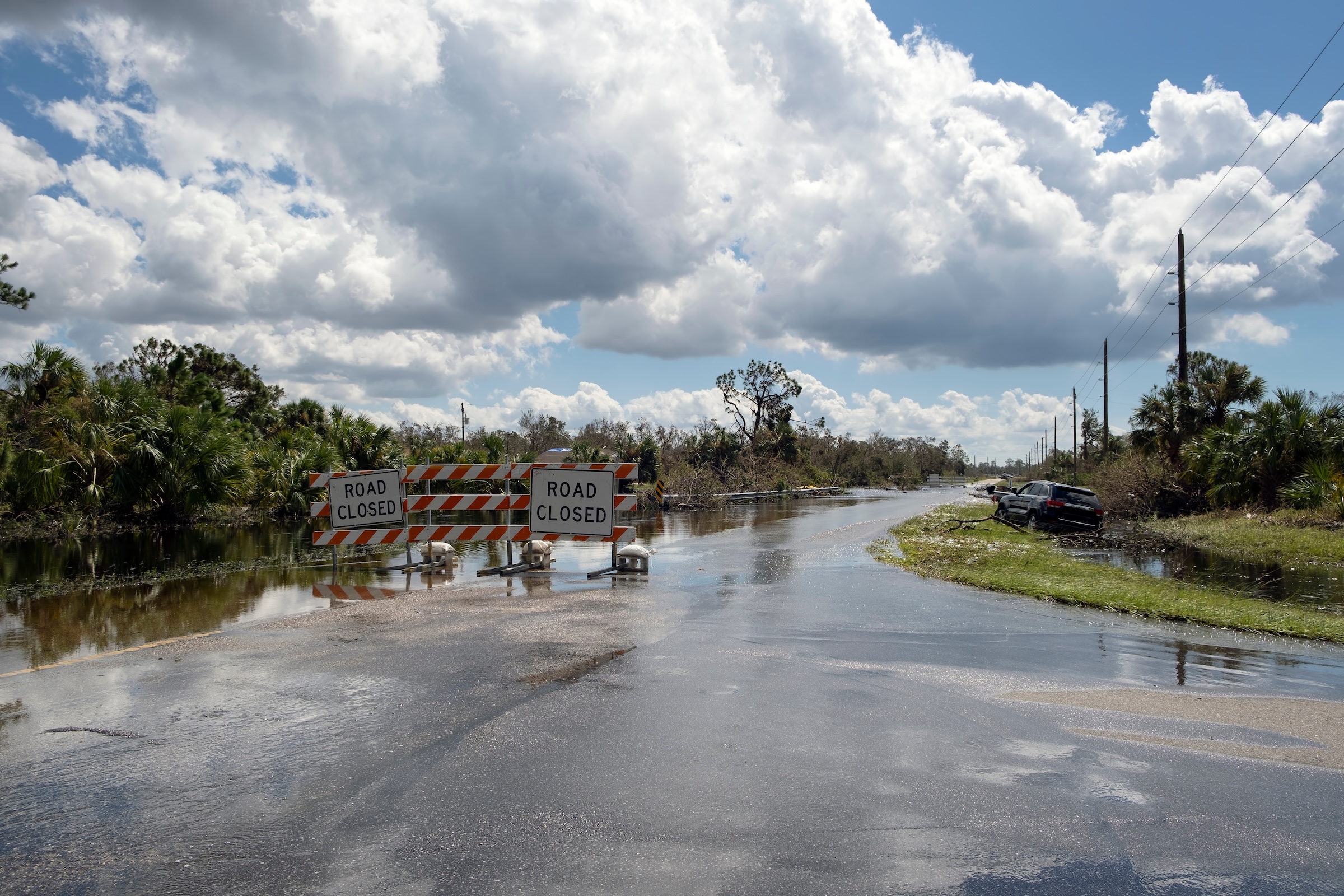“Real problems are messy,” Professor Erica Gralla began. “Researchers need to clarify and simplify problems so we can get traction on them, analyze them, and discover better ways to solve them.”
Gralla’s words ring true for research in general, but speak specifically to the ethos of her recently published study on online path planning for disaster response. Gralla and colleagues from the University of Arkansas investigated the gaps between theory and practice in one critical part of disaster logistics: transportation between staging areas and final destinations on uncertain and disrupted road networks.
Federal Staging Areas (FSAs) are logistical support hubs for federally-declared disasters in the U.S. Food, water, and care supplies are prepared at the FSA and are dispatched in trucks to intermediate or final destinations in the disaster-affected area. A path must be planned for each load from the FSA to the destination using the existing road network. Delivery often proves challenging, as roads may be closed due to high water, damaged infrastructure, or debris, with these disruptions only being discovered as the response unfolds in real-time. The disaster response literature refers to this problem as online path planning.
Disasters are becoming increasingly common and impactful due to environmental and socioeconomic changes. Effective disaster response has never been more critical, and logistics are integral in supporting disaster-impacted communities. Although many advanced optimization models are available to support disaster response path planning, few are adopted by practitioners in the field.
The team sought to offer a more complete understanding of disaster transportation management and its challenges to prompt better alignment between theory and practice. “Understanding these gaps between theory and practice helps us to close the gap by working from both sides.”
Gralla and her colleagues reviewed the disaster response routing literature and developed a guide for in-depth interviews with disaster response logistics practitioners. By conducting these interviews with individuals responsible for real-time, on-the-ground disaster response coordination, they could uncover exactly how path planning works in practice and compare that to how it's described in theory in the literature.
The team found that differences in practices at FSAs and the assumptions in online path planning models account for why practitioners in the field are not applying the relevant research. “Researchers assume that truckers are trying to find the fastest route into a disaster area, whereas in practice, they’re more often looking for the most reliable route,” Gralla explained.
The study concludes with multiple recommendations for disaster response researchers and practitioners alike, with the goal of promoting better alignment between practice and research, ideally mitigating the suffering caused by disasters.
Gralla is hopeful that the research will prompt disaster response logistics scholars to develop models that are more applicable in the field. “Our findings show how practice works and what their concerns and capabilities are, so that researchers can tailor their models and tools to work in practice,” she concluded.


